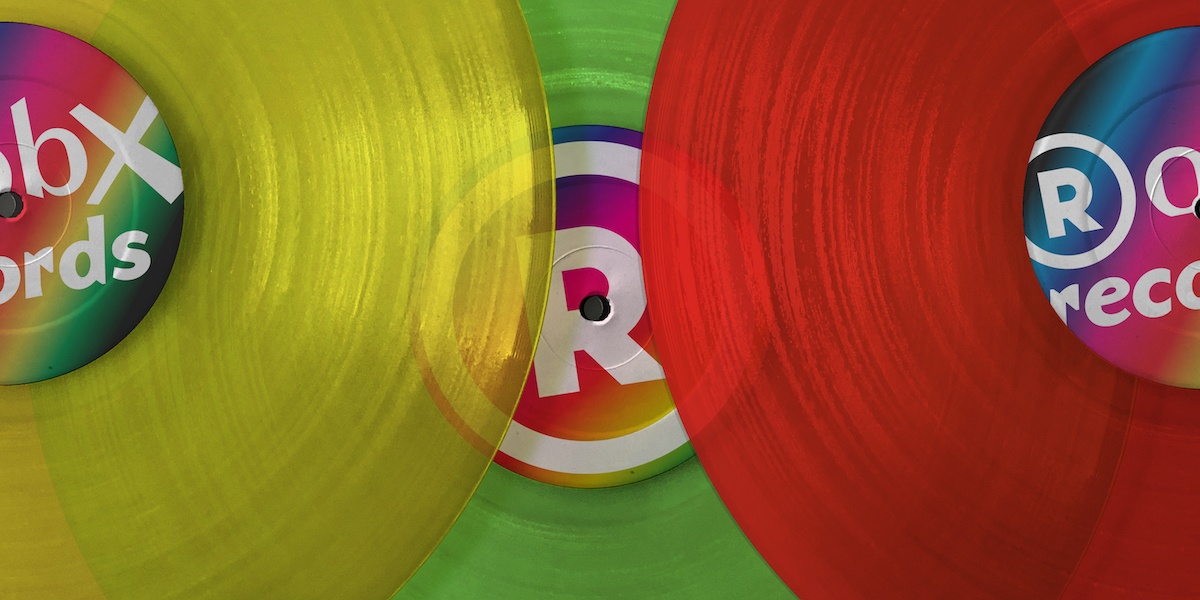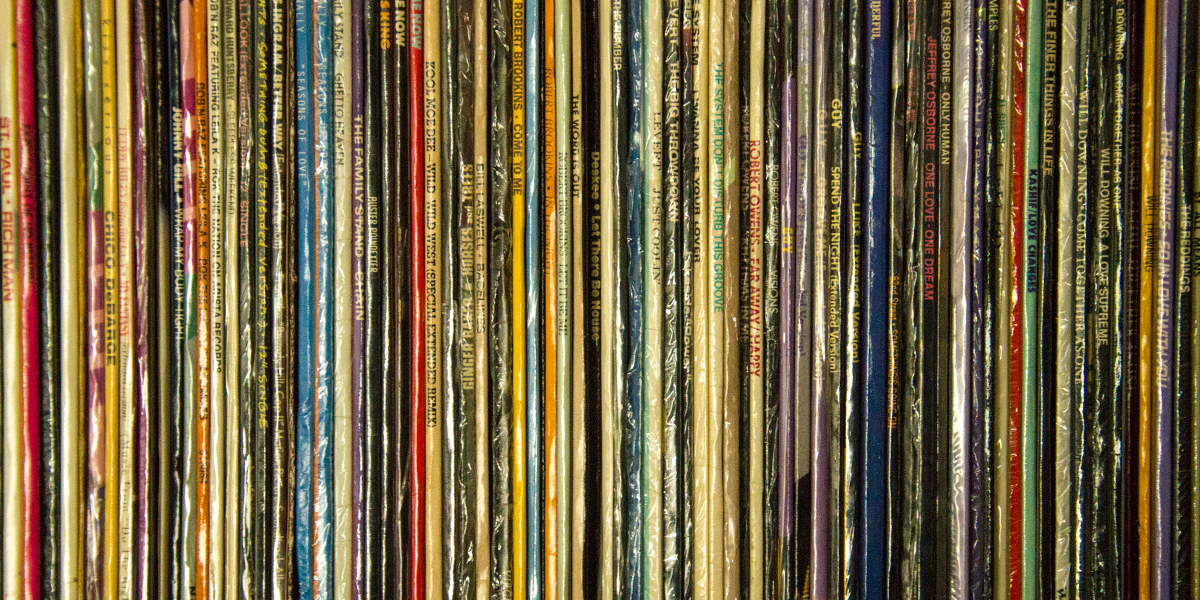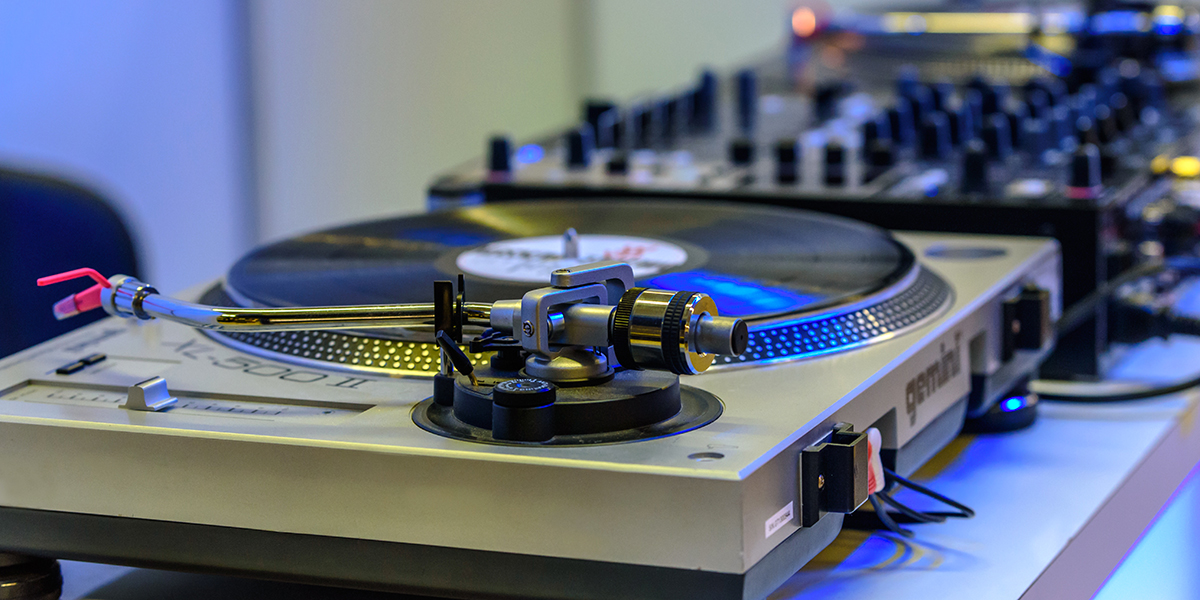There are three types of phonograph cardridges: piezoelectric, ceramic and magnetic. The piezoelectric cardridges and the ceramic cardridges are very similar to each other, they have a level of output signal high enough so they do not need pre-amplification but due to their structure they have the disadvantage of exerting a high pressure on the grooves of the discs in vinyl, consuming them more quickly after some plays. They also have a fairly narrow frequency response on the mid frequencies that does not allow a high fidelity of sound in HiFi. For these main reasons the two types of cardridges are mounted on very economical turntables often self-amplified and on the so-called phono-suitcases, devices that group together in a single case-shaped case, turntable, amplifier and speaker. The electromagnetic cardridges are used in the most demanding and HiFi systems.
The electromagnetic cardridges are divided into some different constructive philosophies which try to bring the reproduction of the discs as close as possible to the real sound of the music "live", the so-called HiFi.cardridge
The three systems of electromagnetic reproduction are: Mobile Magnet Fonorifiers, Mobile Iron cardridges and the expensive Movin' Coil.
In the moving magnet cardridges, the needle when reading the groove moves a magnet mounted on it positioned between two fixed coils (two in the stereo cardridges), forming an electromagnetic generator that produces current in the coils by electromagnetic induction, then the electric signal. Since the magnet is very small and is not mechanically connected to the generator (as in ceramic systems), the pin follows the furrows with greater fidelity, with less weight and therefore with less wear of the groove. The moving iron cardridges and the induced magnet systems have a moving piece in iron or ferrous alloy, mounted on the needle, while a permanent magnet is above the coils, creating the necessary magnetic flux, generating the signal to be preamplified.
The Movin' Coil system is still an electromagnetic generator, but with the magnet and the coils in the reverse position: the coils are mounted on the needle and move inside a permanent magnetic field.
The coils are very small and are made of very fine copper wire wrapped. Since the number of windings that can be supported in this armature is small, the output voltage level is correspondingly low. The resulting signal is a few hundred microvolts, and therefore more easily susceptible to induced noise and buzzing. It is more complex to design a phono preamp with extremely low inputs and noise that are necessarily needed for the Movin' Coil cardridge, so a transformer is often used. However, there are "high-performance" Movin' Coil cardridges that have output levels similar to Magnet Mobile cardridges. The Movin' Coil cardridges are extremely small precision loudspeakers and are generally quite expensive, but are preferred by audiophiles due to the improved sound reproduction.
Mobile Magnet Vs. Movin' Coil
Magnet Mobile cardridges are generally the most commonly inexpensive, while more expensive are the Movin' Coil cardridges. The debate on which between Magnet Mobile or Movin' Coil reproduces the best sound is often heated and subjective. The distinction between the two types is often overshadowed by subtle considerations on cost and design, ie can a Movin' Coil cardridge that requires another degree of amplification, compete with Magneto Mobile cardridges that do not require or almost preamplification? The themes sometimes re-emerge and open a new debate.
On the one hand the Movin' Coil cardridges offer very low inductance and impedance, ie a negligible signal capacity, unlike the Mobile Magnet. The signal quality in the Magneto Mobile cardridges reduces the frequency response and phase linearity, worsening the sound. Movin' coil cardridges move smaller masses. But even the Magnete Mobile cardridges can do it. There are various examples on the market of this possibility just compare the technical data of the various manufacturers.
Very important for the reproduction of sound is also the type of pushpin (shape) mounted on the head, regardless of the Magnet Mobile or Movin' Coil version
The pins are divided into conic and elliptical. Here too the rather clear division is decisive for the purpose of sound quality. The conical pins are generally the most common on cheap cartridges. They are often more robust and need less specific maintenance. Some Magnete Mobile heads for use in the Disc Jockey for the scratch technique are certainly with a conical needle.
The elliptical pin from the perspective of reading the groove of vinyl records is certainly the most performing. The size and diameter of the ellipsis is also decisive. The most expensive heads often have elliptical dots that are tools so precise that they read the grooves in the smallest recesses of the disc giving a more detailed and brilliant reproduction quality.
Of course, the final choice of the type of head to be mounted on our turntable, must also be made in relation to the type of need we have of reproduction.
It is true that the first step for the correct reproduction of our beloved vinyl records starts from their perfect reading, but it is also true that it would be tremendously stupid to spend a lot of money on a Movin' Coil elliptical pin to mount it on a turntable modest and an economic amplification. Many mid-range models provide more than satisfying reproductions, without emptying the pockets and without damaging the vinyl supports, just use everything correctly and appropriately. Good Listening.








